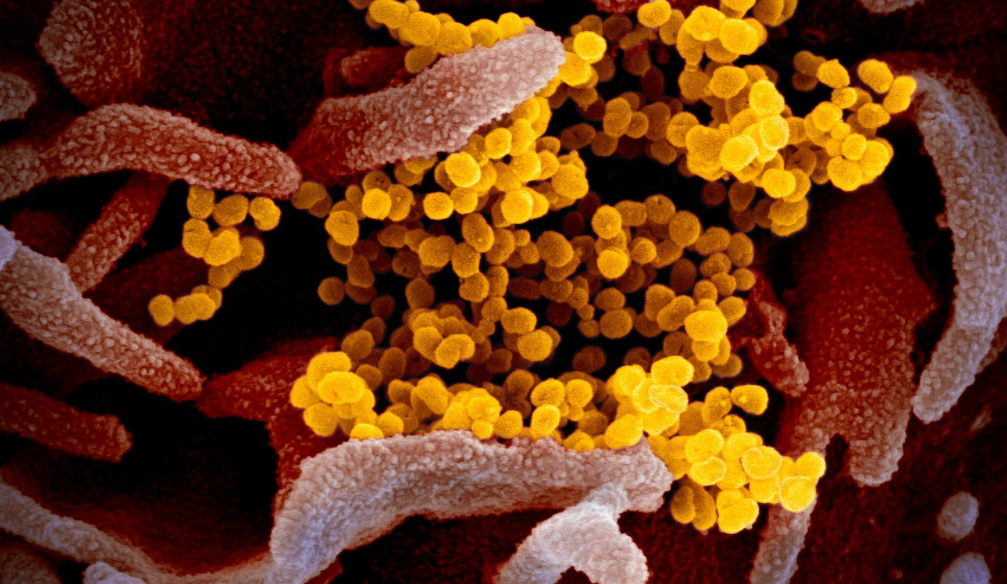Unlocking the mysteries behind the Omicron variant’s unique set of mutations will be key to understanding how this virus evolves and spreads — particularly as a tougher-to-detect subvariant is taking off in various countries, threatening to prolong this wave of infections.
The subvariant is known as BA.2 in the classification system used to catalog the evolution of SARS-CoV-2, and it’s just one of a handful of Omicron subvariants featuring different mutations, which also includes the original lineage, as well as BA.1, BA.1.1, and BA.3, reports CBC Canada.
It’s also too early to say whether BA.2 will escape the protection provided by vaccines or existing medications, and only time will tell. “I don’t think there’s any reason to think this one is a whole lot worse than the current version of omicron,” says Dr. Robert Garry of Tulane University.
There have been early signals of a slight rise in the number of cases of the subvariant in Canada, as well as cases reported in California, Texas, New Mexico, and Washington state, according to USAToday.
Cases of BA.2 are also on the rise in the Philippines, India, Denmark, and South Africa, with Denmark reporting a surge of BA.2 infections, accounting for nearly half of all Omicron cases by the second week of January, up from roughly 20 percent over the end of 2021.
“I don’t think it’s going to cause the degree of chaos and disruption, morbidity and mortality that BA.1 did,” said Dr. Jacob Lemieux, an infectious disease specialist at Massachusetts General Hospital in Boston. “I’m cautiously optimistic that we’re going to continue to move to a better place and, hopefully, one where each new variant on the horizon isn’t news.”
It’s not clear yet whether BA.2 is pushing out the original omicron variant, now referred to as BA.1, Dr, Lemieux said.
New mutations of the Omicron variant
The BA.2 subvariant is considered a subset of Omicron, BA.1, as with BA.1.1 and BA.3, but it could get its own Greek letter name if it is found to be a significant “variant of concern.” The UK has labeled it a “variant under investigation.”
With its new mutations, the differences between BA.1 and BA.2 are actually greater than those between the original SARS-CoV-2 strain and the alpha variant.
“The BA. 2 descendant lineage, which differs from BA. 1 in some of the mutations, including in the spike protein, is increasing in many countries,” the WHO wrote on its website. “Investigations into the characteristics of BA. 2, including immune escape properties and virulence, should be prioritized independently (and comparatively) to BA. 1.”
James Musser, director of the Center for Molecular and Translational Human Infectious Diseases Research at Houston Methodist, speaking with the Washington Post, said: “We know that omicron can clearly evade preexisting immunity” from both vaccines and exposure to other variants of the virus. “What we don’t know yet is whether son-of-omicron does that better or worse than omicron. So that’s an open question.”
Some scientists have dubbed BA. 2 the “stealth omicron” because it has genetic traits that make it more difficult to identify the omicron form of the virus on PCR tests.














